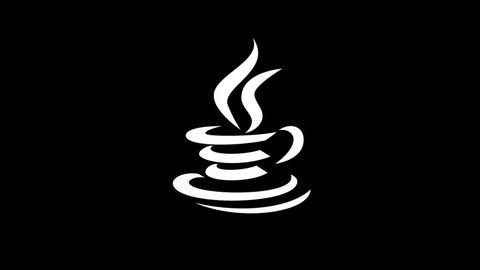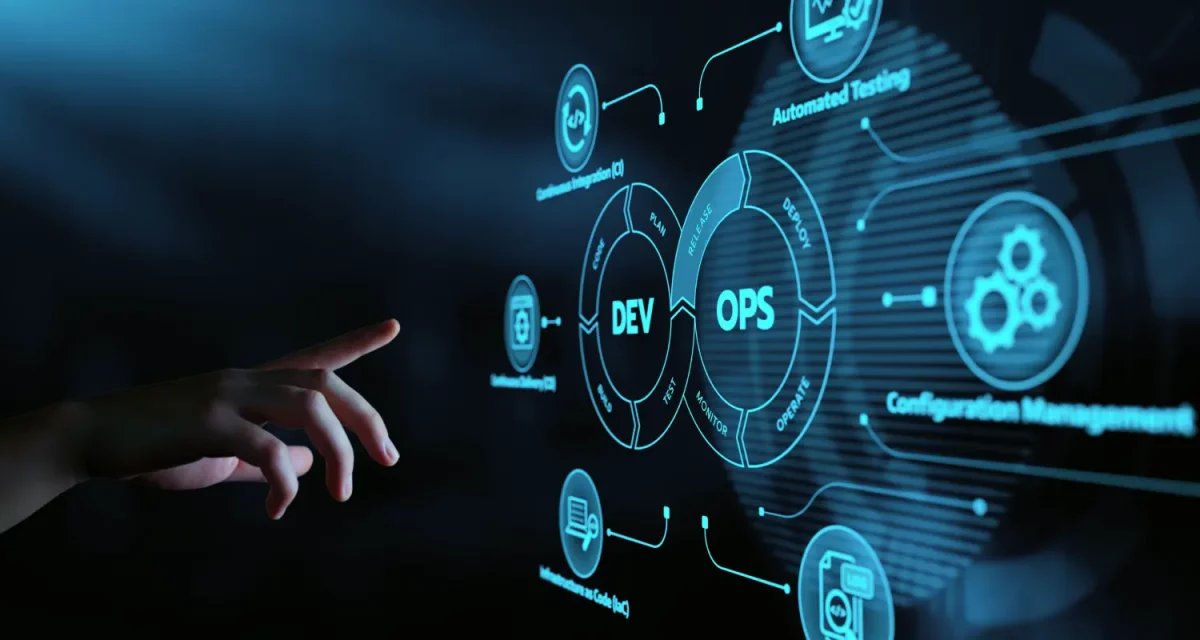Observability in DevOps goes beyond monitoring—it provides deep insights into systems, helping teams detect, debug, and resolve issues faster. This article explains what observability is, why it matters, and how DevOps teams can implement it effectively.
In today’s fast-paced DevOps world, simply monitoring systems is no longer enough. Modern applications run on complex, distributed architectures—microservices, containers, and cloud platforms—that generate massive amounts of data. To keep them reliable, teams need more than dashboards and alerts; they need observability.
So, what exactly is observability in DevOps, and why is it so important?
What is Observability?
Observability is the ability to understand the internal state of a system by analyzing the data it produces, such as logs, metrics, and traces. Instead of just asking “Is the system working?”, observability helps answer “Why is it behaving this way?”
The concept originates from control theory in engineering, where a system is “observable” if you can infer what’s happening inside just by looking at external outputs. Applied to DevOps, observability helps teams detect problems, pinpoint their causes, and improve system reliability.
Monitoring vs. Observability
While the two are often confused, there’s a key difference:
- * Monitoring tells you when something is wrong (e.g., CPU is 95%).
- * Observability helps you understand why it’s wrong and how to fix it.
In other words, monitoring is about known problems, while observability helps uncover unknown issues.
The Three Pillars of Observability
Observability in DevOps is built on three main pillars:
- 1. Logs – Detailed records of events that happened in your system. Useful for debugging and understanding context.
- 2. Metrics – Numerical measurements that reflect system performance (e.g., response times, error rates).
- 3. Traces – A way to follow a request’s path across services, especially in distributed systems.
Together, these provide a complete picture of system behavior.
Why Observability Matters in DevOps
- * Faster Incident Response: Teams can quickly identify the root cause of failures.
- * Improved Reliability: Continuous insights into system behavior reduce downtime.
- * Better Collaboration: Developers and operations teams share a single source of truth.
- * Proactive Problem-Solving: Instead of waiting for alerts, teams can anticipate issues.
Implementing Observability in DevOps
To adopt observability, DevOps teams should:
- 1. Instrument Everything – Add logging, tracing, and metrics from the start.
- 2. Use Centralized Tools – Platforms like Prometheus, Grafana, ELK Stack, and OpenTelemetry can help.
- 3. Automate Alerting and Visualization – Set up dashboards and intelligent alerts to reduce noise.
- 4. Integrate with CI/CD Pipelines – Observability should be baked into the entire software lifecycle.
Takeaway
Observability is more than a tool—it’s a mindset shift in DevOps. By going beyond monitoring and embracing observability, teams can build systems that are reliable, resilient, and scalable. In a world where downtime can cost millions, observability is no longer optional—it’s essential.
“Monitoring tells you when something is wrong; observability tells you why.” — Charity Majors, co-founder of Honeycomb
Tags
Latest Articles
Tips, tutorials, and stories from the world of web, mobile, and DevOps development.

AI in DevOps & Pipeline Automation
Smarter Workflows, Faster Delivery

Fixing the Infamous NullPointerException in Java
What is a NullPointerException?

Build the Future, One Line at a Time
From Beginner Basics to Expert-Level Development
